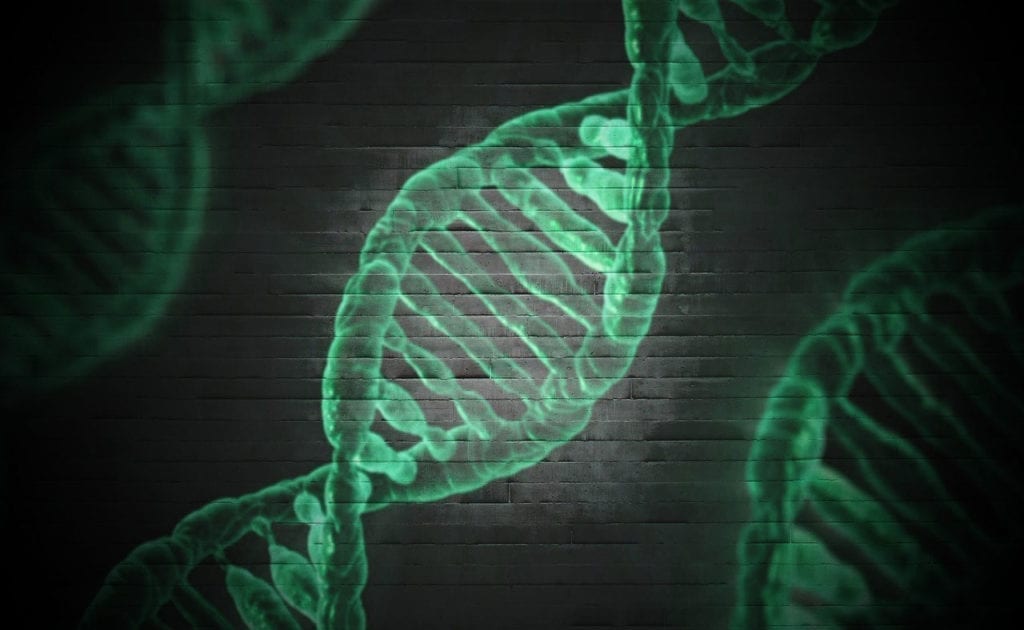In the past, there existed no approved treatments for alkaptonuria (AKU), a rare genetic disorder characterized by homogentisate dioxygenase deficiency. However, according to Medical XPress, this recently changed as British scientists discovered the first ever effective treatment: a tyrosine metabolism inhibitor called nitisinone. As nitisinone was originally developed to treat patients with hereditary tyrosinemia, another genetic condition, researchers hypothesized its safety and efficacy in addressing alkaptonuria. Read the full study results published in The Lancet.
Nitisinone
Although alkaptonuria affects 1 in every 250,000 people, the lack of treatment or therapy constituted a severe unmet need in this patient community. So when researchers began looking more deeply at nitisinone as a potential option, it was highly supported. In fact, the AKU Society, a leading patient advocacy group, played a heavy role in recruitment. Ultimately, 139 patients with alkaptonuria enrolled in the trial. Patients received either nitisinone or a placebo.
Pre-clinical trials highlighted nitisinone as a safe, effective, and well-tolerated treatment options. Thus, researchers hoped to reaffirm this in human trials. The SONIA 2 trial then lived up to expectations. Following the trial, patients who received nitisinone saw a 99.7% reduction in homogentisic acid levels.
Alkaptonuria
Alkaptonuria, a rare metabolic disorder, is characterized by homogentisate dioxygenase (HGD) deficiency. HGD gene mutations cause this condition. Normally, HGD breaks down homogentisic acid in the body. However, HGD deficiency means the acid cannot be broken down, leading to an accumulation. Eventually, the bones and cartilage become discolored (often brown, black, or gray) through a process called ochronosis. This leads to other names for alkaptonuria: black bone disease or black urine disease.
In addition to discoloration, alkaptonuria also causes bone brittleness and a series of other symptoms. These include:
- Black earwax
- Dark spots in the whites of the eyes
- Black or dark blue urine
- Chronic joint stiffness
- Joint pain
- High blood pressure
- Dark-colored sweat
- Thick, hard, and darkened ear cartilage
- Skin discoloration
- Kidney stones
Prior to nitisinone, treatments for alkaptonuria were unavailable. Doctors treated patients to reduce symptoms. Therapies include anti-inflammatory medications, physical therapy, low protein diets, and surgery.
Learn more about alkaptonuria.








